
How Fast Is 750 Watts on an Electric Bike? Real Speeds for 750W Electric Bikes Explained
What You Should Know Before Asking “How Fast Is 750 Watts?”
When you see "750 watts" on an electric bike, it refers to the power of its motor. This number tells you a lot about how the bike might perform. Will it be fast enough for you? Can it climb hills well? Is a 750 watt electric bike what you need? These questions matter to most buyers.
This article explains what this power rating means for real riding. We'll compare it with other power levels, look at what else affects how your bike performs, and answer common questions like how fast does a 750 watt ebike go or what's the 750 watt electric bike top speed. Understanding this key detail helps you pick an e-bike that matches what you want and how you like to ride.
How Fast Is 750 Watts on an Electric Bike?
A 750-watt motor on an electric bike typically reaches speeds between 20 to 28 mph (32–45 km/h) on flat roads. This makes it one of the most popular power ratings for riders who want a strong balance between speed and control.
So, how fast is 750 watts in real-world riding? That depends. On flat ground with a fully charged battery, most riders can expect cruising speeds of around 25 mph. On downhill segments or unlocked off-road modes, some 750w electric bikes can even hit 30–32 mph (48–51 km/h).
However, factors like rider weight, terrain, wind, and battery level all affect speed. On uphill climbs, speed may drop to 12–14 mph even with a 750W motor.
Compared to lower wattage motors (like 250W or 500W), 750 watts provides faster acceleration, better hill-climbing ability, and a smoother high-speed experience.
⚠️ Speed can also drop to 14 mph when climbing steep hills.
| Power Rating | Typical Top Speed (mph) | Legal Class |
|---|---|---|
| 250W | 15–17 mph | Class 1 |
| 500W | 18–22 mph | Class 2 |
| 750W | 25–28 mph | Class 3 (max legal) |
| 1000W+ | 30+ mph (off-road only) | Not street legal |
Understanding the "Watt": How 750W Powers Your E-Bike Ride
To know what 750 watts means for your e-bike, we first need to understand watts. This unit of power shapes much of your riding experience, especially when looking at ebike speed by wattage.
A "watt" (W) measures power. Think of it like horsepower in a car, but for electric bike motors. Watts show how quickly the motor can do work. For your e-bike, this work is moving you forward and helping you pedal. More watts usually mean the motor can deliver more energy faster. That’s why people often wonder, how fast can 750 watts go or how fast is a 750w ebike—because watts directly relate to speed and hill performance.
Nominal Power vs. Peak Power: The Crucial Distinction for a 750 Watt Electric Bike
This difference matters a lot. Nominal power, also called rated power, is what the motor can put out steadily for a long time without overheating. This is often the number shown in bold in ads. On the other hand, peak power is the maximum output the motor can provide in short bursts. This helps with quick starts or sudden steep hills, especially for a 750w ebike on hills.
You need to know this difference because a "750W" bike might be advertising either its nominal or peak power. This can be misleading if the maker doesn’t clearly state which it is. Some motors have peak power that’s 50–100% higher than their nominal rating. For instance, a class 3 750w ebike may hit higher speeds than expected, depending on its setup and local speed limits.
Always check if manufacturers list both values. When people discuss "What Does 750 Watts Actually Mean on an Electric Bike?", they usually mean nominal power, which better shows how the bike performs over time. If you're wondering how fast can a 750 watt motor go, or whether a 750 watt motor electric bike can match your commuting needs, this is the key distinction.
How E-Bike Motor Design Influences Real-World 750W Performance
E-bike motors come in two main types: Hub Motors (in the wheel) and Mid-Drive Motors (near the pedals). While both can be rated at 750W, they feel different when riding. Mid-drive motors work with the bike's gears. This helps them use power better, especially when climbing steep hills.
Here's a simple comparison:
| Feature | 750W Hub Motor | 750W Mid-Drive Motor |
| Power Delivery Feel | Often direct, immediate surge; can feel "pushy." | More natural, like amplified pedaling; smoother. |
| Hill Climbing | Good, but can struggle on very steep/long climbs. | Excellent, leverages bike gears for optimal torque. |
| Weight Distribution | Can make front or rear heavier. | Centralized, better overall balance. |
| Maintenance | Generally simpler, self-contained unit. | Can be more complex, integrated with drivetrain. |
| Drivetrain Wear | Lower stress on chain/cassette. | Higher stress on chain/cassette due to power. |
For more details about motor types and power ratings, check resources like Bicycling.com for guides to understanding e-bike motor types and power ratings.
What Does 750 Watts Actually Do for Your Ride?
Knowing what a watt means is one thing. Understanding how it affects your daily rides is another story.
A 750w motor gives you much better speed and pickup than 250W or 500W motors. Most 750 watt electric bikes can reach speeds of 20–28 mph (32–45 km/h) with assist, depending on the system and riding conditions. This is typically the 750 watt electric bike top speed people ask about—and it matches the speed limits for Class 2 or Class 3 in the U.S.
You'll feel quicker starts from zero and faster speed-ups. This makes riding in city traffic easier and safer. Many things affect your actual top speed. Your weight, the bike’s weight, terrain, wind, pedal assist level, and local e-bike speed laws all play a part. That’s why people often ask, how fast does a 750 watt electric bike go—because the real-world answer can vary.
Hill Climbing Prowess: Conquering Inclines with 750 Watts
This is where 750 watts really shines. A 750 watt electric bike handles moderate to fairly steep hills without much struggle. You won’t need to stand up and strain as much. It climbs noticeably better than a 500W motor and provides a more relaxed ride on inclines. Compared to smaller motors, the 750w ebike on hills performs much more confidently.
While 1000W+ motors offer more brute strength for extreme conditions, 750w hits a sweet spot—powerful enough for most everyday hill riding without the added bulk or energy consumption. This makes the 750 watt ebike performance ideal for commuters who face varied terrain.
Watts show overall power, but torque (measured in Newton-meters, Nm) is the turning force that helps you get moving and climb hills. A 750w motor usually offers solid torque, making hill starts feel smoother. Some e-bike makers even tune their 750 watt motors specifically for better low-speed performance—something many riders truly appreciate.
750W and Carrying Capacity: Is It Enough for Cargo or Heavier Riders?
Yes, in most cases, 750W gives plenty of power for heavier riders or carrying cargo. Whether you're hauling groceries, a child seat, or gear, a 750 watt electric bike has the muscle for the job. Lower-powered motors can feel strained with extra weight, especially on hills or when starting. The strong output of a 750W system gives you more confidence and less lag when the bike is loaded down.
The "Feel" of a 750W E-Bike – A Rider's Perspective
Numbers on paper tell only part of the story. The real experience of riding a 750 watt electric bike shows its true benefits. A well-designed 750W system gives a satisfying power surge when needed. Starting at a traffic light feels quick and safe, helping you get ahead of cars.
Hills that would be hard on regular bikes or weaker e-bikes become much easier. There's a sense of having power in reserve that makes climbing less work and often fun. Keeping a good cruising speed, even against wind or on rolling terrain, becomes much easier.
For a daily commute with flat paths and some short, steep sections (8-10% grade), a 750W e-bike lets you maintain good speed without getting tired. You'll arrive fresher and might not even need to change clothes after your ride. Your journey changes from a workout (unless you want one) to an easier, more pleasant trip. This mix of strong assistance and good ride feel makes 750W so popular.
Contextualizing 750 Watts: Comparisons and E-Bike Classifications
A 750W motor fits in a specific place in the e-bike market. Understanding this helps you appreciate what it can do and how it fits within the law.
E-bike motors come in various power ratings. Here's how a 750 watt electric bike compares:
| Feature | 250W | 500W | 750W | 1000W+ |
| Typical Use Case | Light urban, flat terrain, max range | General commuting, moderate hills | Versatile, varied terrain, hills, some cargo | Off-road, very steep terrain, heavy cargo, speed |
| General Speed Pot. | Lower, assist up to ~15-20 mph | Moderate, assist up to ~20-25 mph | Good, assist up to ~20-28 mph | High, often capable of >28 mph (check laws) |
| Hill Climbing | Light inclines only | Moderate inclines | Good on most inclines | Excellent, even on very steep inclines |
| Common Price Bracket | Generally lower | Mid-range | Mid to upper-mid range | Typically higher |
| Target User | EU riders (legal limit), casual users | Commuters, recreational riders | All-around users, commuters, adventurers | Enthusiasts, utility users, off-road specialists |
250W: This is the standard legal limit in many European countries. It works best on flat ground, giving gentle help and often the longest battery range.
500W: A popular middle option with a good mix of power, efficiency, and often price. It handles moderate hills and regular commuting well.
750W: Our main focus here. This power level is versatile and strong, good for varied North American conditions, effective on hills, and able to carry some load.
1000W+: These high-performance motors are for serious off-road riders, very steep terrain, or cargo bikes needing maximum power. They often face stricter legal limits.
750W and E-Bike Classifications (Class 1, 2, 3) – Where Does It Fit in Legally?
In the United States, e-bikes fall into three classes to regulate their use:
• Class 1: Pedal-assist only (motor helps only when you pedal), with a top assisted speed of 20 mph.
• Class 2: Throttle-assist (motor works with a throttle, no need to pedal), with a top motor speed of 20 mph. May also have pedal-assist.
• Class 3: Pedal-assist only, with a top assisted speed of 28 mph. Usually has a speedometer.
A 750 watt electric bike often fits in Class 2 or Class 3. This is because 750W (about 1 horsepower) is often the maximum motor power allowed for bikes to legally count as bicycles rather than mopeds or motorcycles in many U.S. states.
It's very important to check your local and state e-bike laws. These vary greatly about where different classes of e-bikes can go (bike paths, trails, roads). Sources like peopleforbikes.org often cover e-bike laws and classifications in the US in their guides.
Real-World Factors That Affect How Fast 750 Watts Can Go
While the 750W motor rating is important, it's just one part of the story. Other components and conditions greatly affect how your 750 watt electric bike performs in real life.
Battery Voltage (V) and Capacity (Ah/Wh): The Power Source
The battery is your e-bike's fuel tank. Voltage (V) affects how powerfully that "fuel" is delivered. Many 750W motors pair with 48V or 52V batteries. Higher voltage can help deliver power more efficiently, letting the motor reach its full potential.
Battery capacity, measured in Amp-hours (Ah) or Watt-hours (Wh), mainly determines your range – how far you can go on one charge. While not directly affecting raw power, a bigger battery can sustain high power from the 750W motor longer before running out.
The Controller: The E-Bike's Brain
The controller is often overlooked but works as the brain of your e-bike's electrical system. It manages power flow from the battery to the 750W motor, processing your inputs from the throttle or pedal sensor. The controller's amperage (current) limits can effectively cap the actual maximum power the motor delivers. A good controller matched to a 750W motor is crucial for getting the advertised performance.
Rider Weight, Cargo, and Total Load
Physics matters. A heavier total load – including you, the bike itself, and any cargo – naturally makes the motor work harder. Even with 750W of power, significantly more weight will affect acceleration, top speed, and especially hill-climbing ability compared to a lighter load.
Terrain and Riding Conditions
Your environment plays a huge role. Steep hills, strong headwinds, and rough or soft surfaces like sand, gravel, or mud demand much more power from the motor. A 750W motor handles these challenges much better than a lower-power one, but you'll still notice the extra effort it's making, which can also reduce your range.
Bike Design, Tires, and Maintenance
The overall e-bike design, including weight and aerodynamics, affects performance. Tire type matters too; knobby fat tires create more resistance (needing more power to maintain speed) than smooth, narrow commuter tires. Good maintenance, like proper tire pressure, a lubricated chain, and well-adjusted brakes, also helps efficiency and how the 750W of power translates into motion.
Is a 750 Watt Electric Bike Right for You?
Understanding technical details is one step. Applying that knowledge to your situation is the next step. Let's see if a 750 watt electric bike fits your needs.
A 750 watt electric bike often hits a "sweet spot" for many riders:
• Commuters: People who want faster commutes, ability to keep up with city traffic, and power to handle varied terrain, including hills, without arriving sweaty.
• Recreational Riders: Those looking to explore further, tackle more challenging routes with hills, or simply enjoy an easier, more powerful riding experience on longer journeys.
• Moderate Off-Road Enthusiasts: Riders who enjoy light to moderate trails. While not specialized for extreme off-roading, many 750W fat tire e-bikes handle rougher paths surprisingly well.
• Riders Carrying Loads: People who need to transport groceries, a child in a bike seat, or other moderate cargo will appreciate the extra power and torque.
• Those Seeking a Power Balance in North America: Users who want significant power that often complies with Class 2 or Class 3 e-bike rules in many parts of the U.S. and Canada, offering both capability and legality.
When Is 750W Too Much or Not for Your Electric Bike Needs?
While versatile, 750W isn't perfect for everyone:
• Possible Overkill: If you mostly ride flat, short, leisurely paths, or if you're very lightweight and only need minimal help to extend your range. If budget is your main concern and basic pedal assist is enough, a lower wattage might be cheaper.
• Potentially Not Enough: For riders regularly tackling extremely steep, long mountain climbs with heavy gear. For competitive off-road use where maximum torque and instant power are crucial. Or, if you want speeds well beyond typical e-bike limits (which would likely classify the vehicle as a moped or motorcycle, with different legal requirements).
The Importance of Test Riding and Interpreting Real User Reviews
Specifications tell you what an e-bike should do, but a test ride shows how it feels. We strongly recommend this: if possible, test ride different e-bikes, including several 750 watt electric bike models.
During a test ride, pay attention to:
• Acceleration and Power Delivery: How does the power engage? Is it smooth and natural, or sudden and jerky? Does it match your pedaling effort well (for pedal-assist)?
• Hill Handling: Find a hill similar to what you'd encounter on your typical routes. How does the bike perform? Does it maintain speed without straining the motor or making you work too hard?
• Overall Feel: Does the bike feel balanced? Is the motor noise acceptable? Do you feel confident and in control?
When reading real user reviews for a 750 watt electric bike, consider these points carefully:
• Look for Patterns: Are multiple reviewers (with different experience levels) mentioning the same good or bad points about power, range, or reliability? Consistent feedback tells you more.
• Align Use Cases: Does the reviewer's stated use (e.g., "I use it for hilly city commuting") match your planned use? Performance in one scenario doesn't guarantee performance in another.
• Be Wary of Outliers: A single extremely positive review or an extremely negative one without details might not represent the typical experience. Look for detailed, balanced opinions.
• Consider Rider Profile: If possible, note the reviewer's approximate weight or fitness level if mentioned, as this affects how they perceive motor performance.
This approach helps you make a much better decision than just relying on advertised specifications.

Why 750 Watts Is the Sweet Spot in Speed, Power, and Versatility
So, what does 750 watts actually mean on an electric bike? In essence, it represents a motor capable of providing substantial power. This generally means good, responsive acceleration, effective hill-climbing ability, and overall versatility for many different riders and riding conditions.
However, remember that while 750W is a strong performance indicator, the difference between nominal and peak power is important. Also, factors like battery voltage and capacity, the controller, rider weight, and specific terrain all significantly shape the actual riding experience of a 750 watt electric bike.
With this knowledge, you're better equipped to understand specifications, compare different e-bike models, and ultimately choose an electric bike – whether it's a 750W model or one with a different wattage – that best fits your individual needs, preferences, and local regulations.
Understanding what 750 watts truly means is a key step toward not just a more informed purchase, but a more enjoyable, capable, and empowering e-biking journey ahead.
Our team at Leoguar specializes in Class 2 and Class 3 electric bikes with tested 750W motors. All performance stats are based on real-world testing under U.S. legal limits.
FAQs About 750W E-Bikes and Speed Limits
1. What's the difference between nominal power and peak power on a 750W electric bike?
Nominal power (750W) is what the motor can sustain continuously, while peak power can be 50-100% higher for short bursts during acceleration or hill climbing.
2. How fast can a 750-watt electric bike go?
Most 750W electric bikes can reach speeds of 20-28 mph (32-45 km/h), typically fitting into Class 2 or Class 3 e-bike classifications in the US.
3. Is a 750W e-bike good for climbing hills?
Yes, a 750W e-bike performs excellently on moderate to fairly steep hills without requiring much physical effort from the rider, making it ideal for varied terrain.
4. Who is a 750W electric bike best suited for?
750W e-bikes are ideal for commuters dealing with varied terrain, recreational riders tackling hills, moderate off-road enthusiasts, and people carrying moderate loads.
5. How does a 750W e-bike compare to 250W, 500W and 1000W+ models?
A 750W e-bike offers significantly better hill-climbing ability and speed than 250W and 500W models, while being more versatile and legally compliant than more powerful 1000W+ models in most US regions.



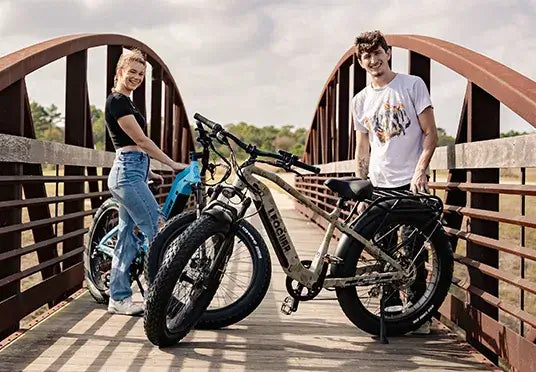
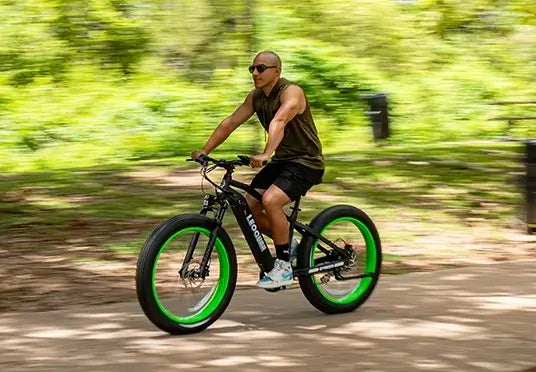
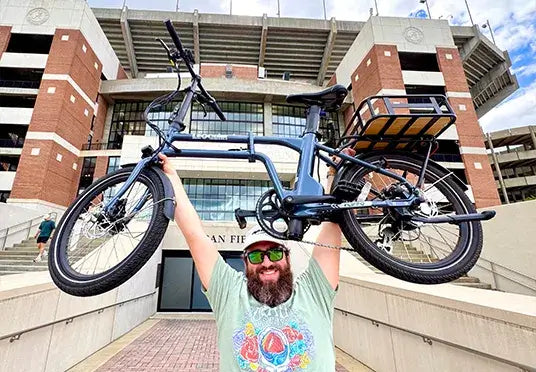
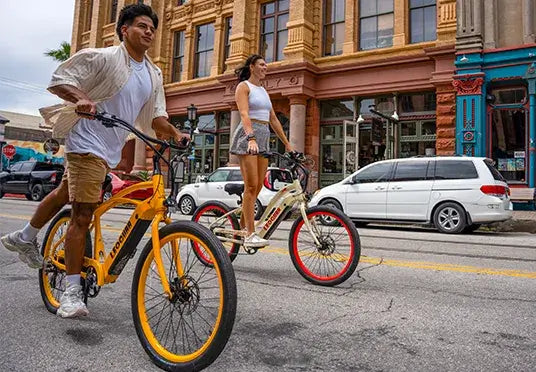
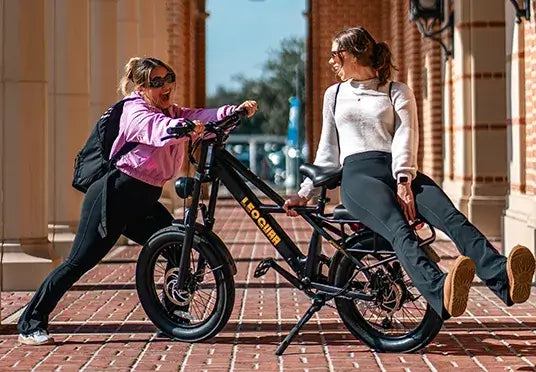
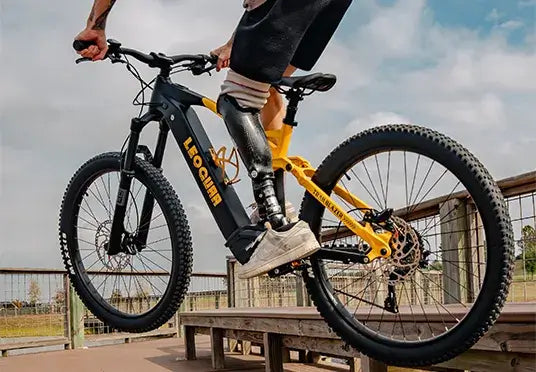

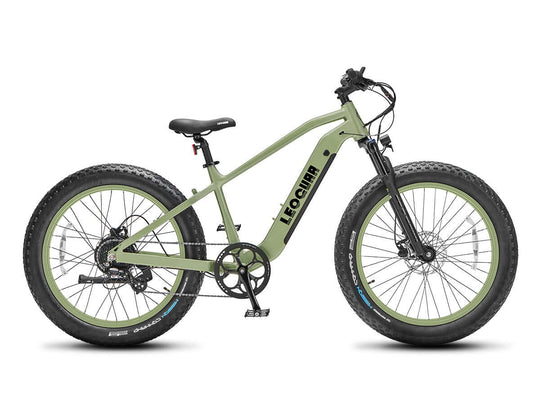
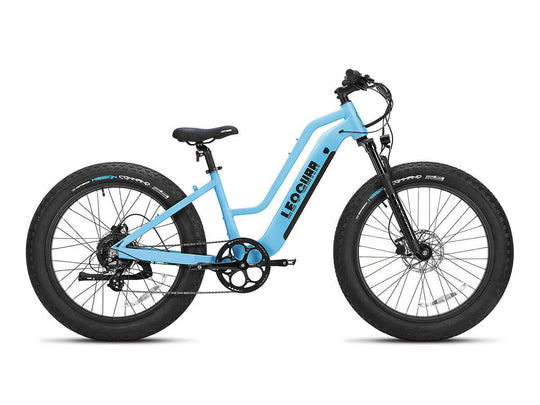
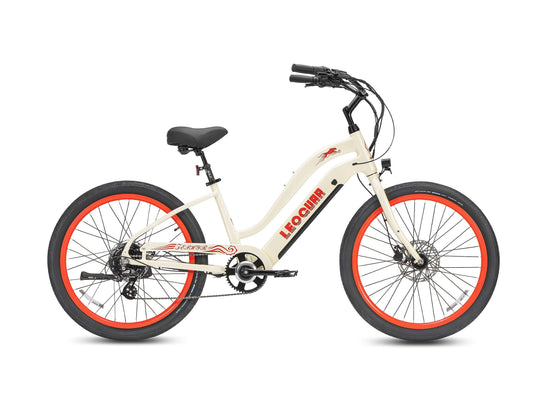
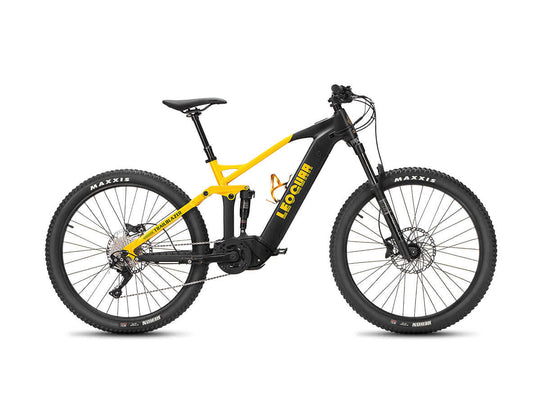
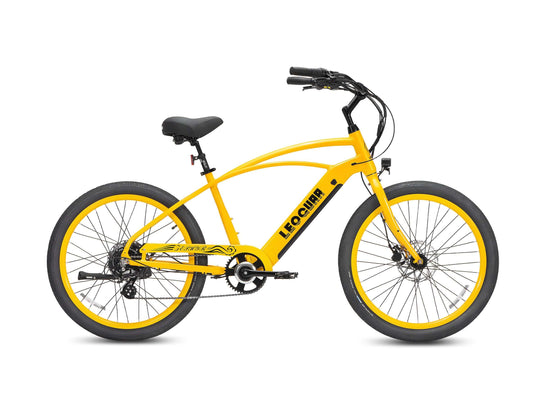
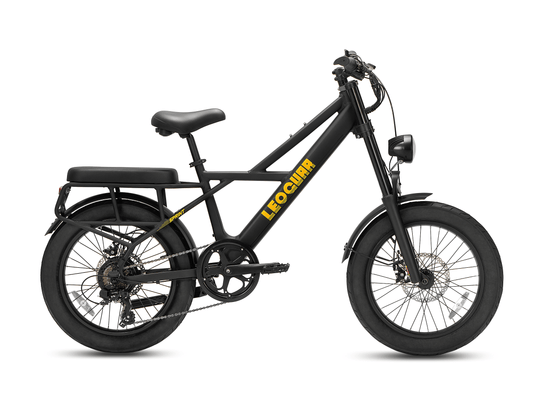

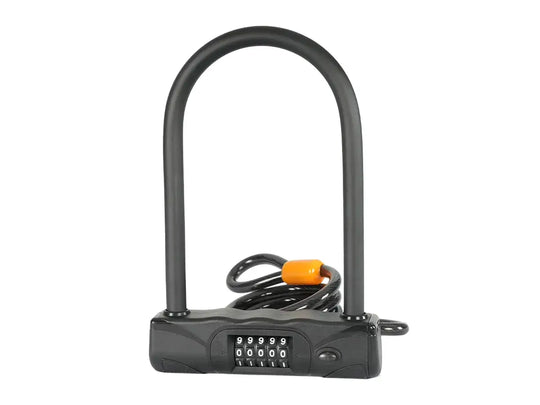
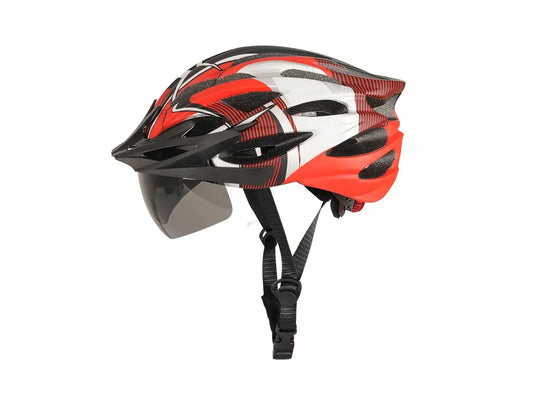
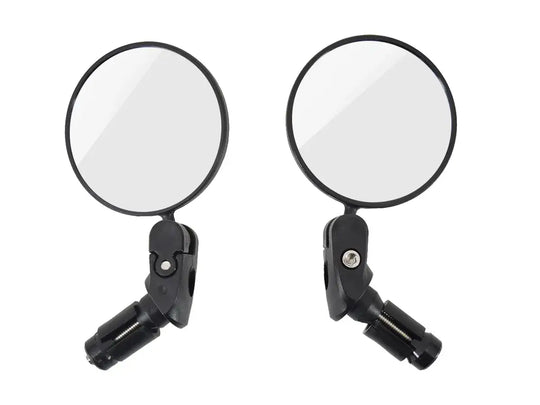

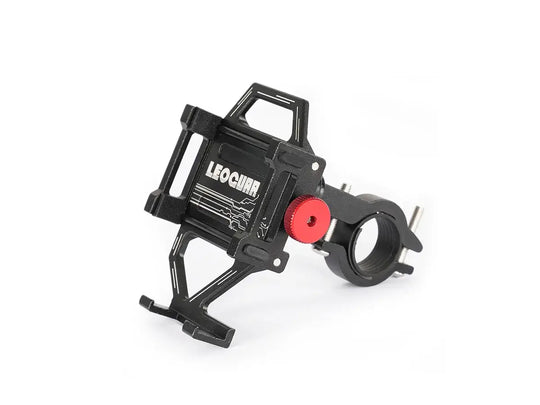
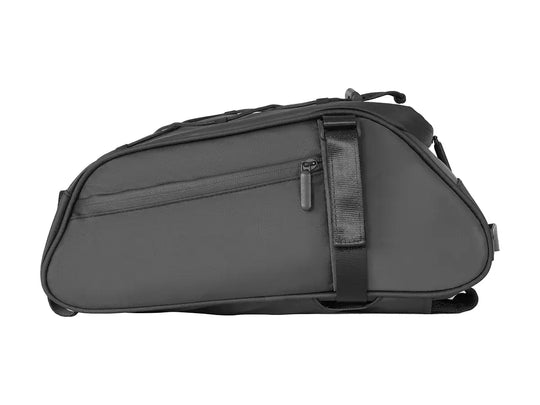
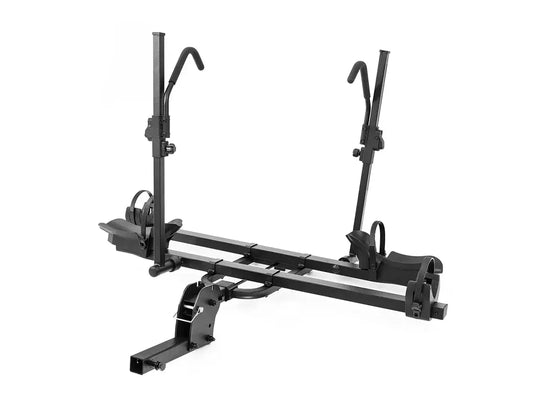
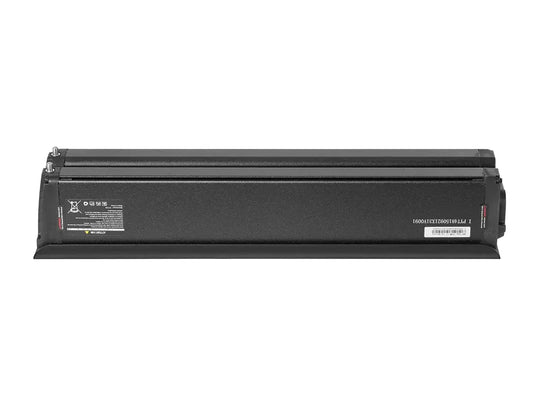
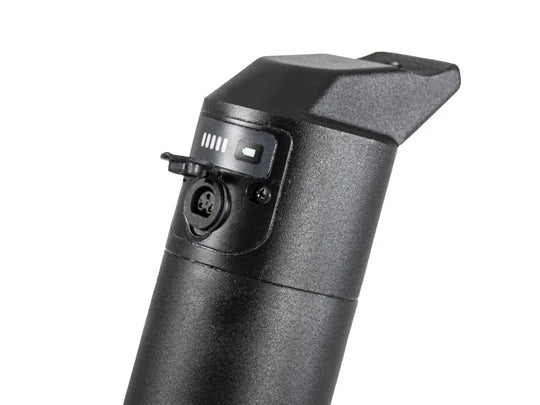
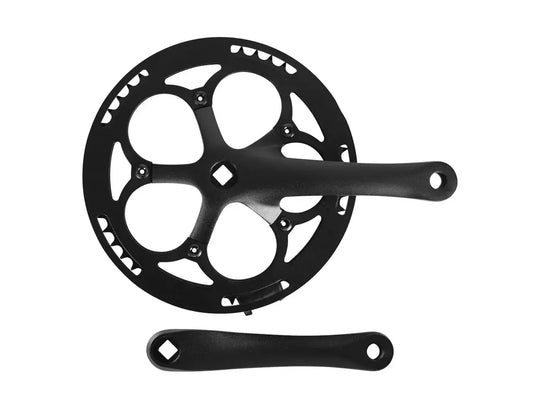
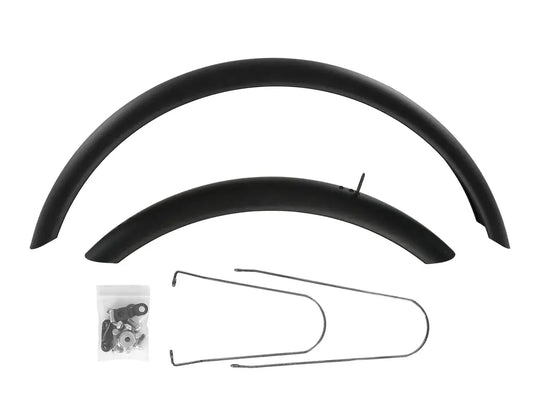
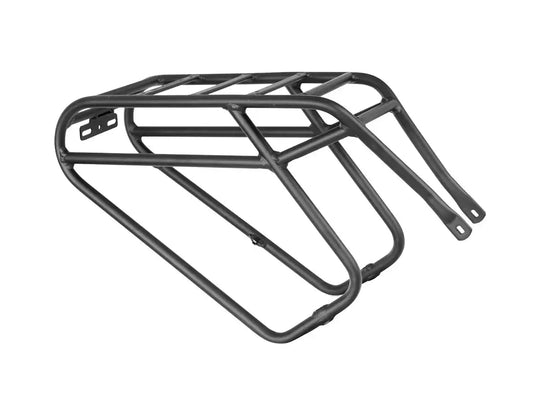
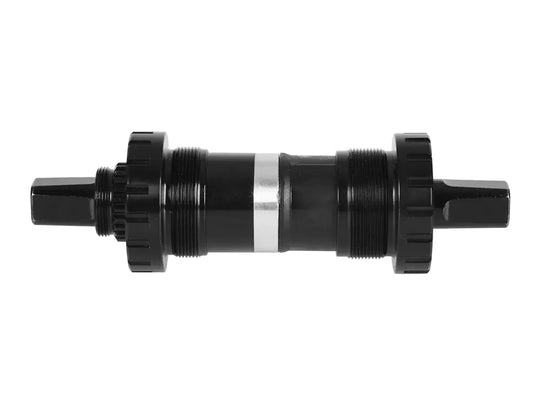
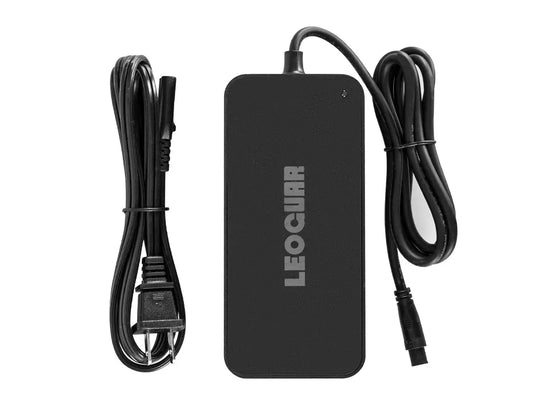
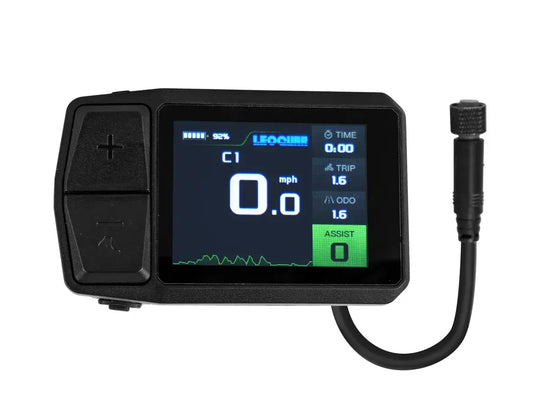
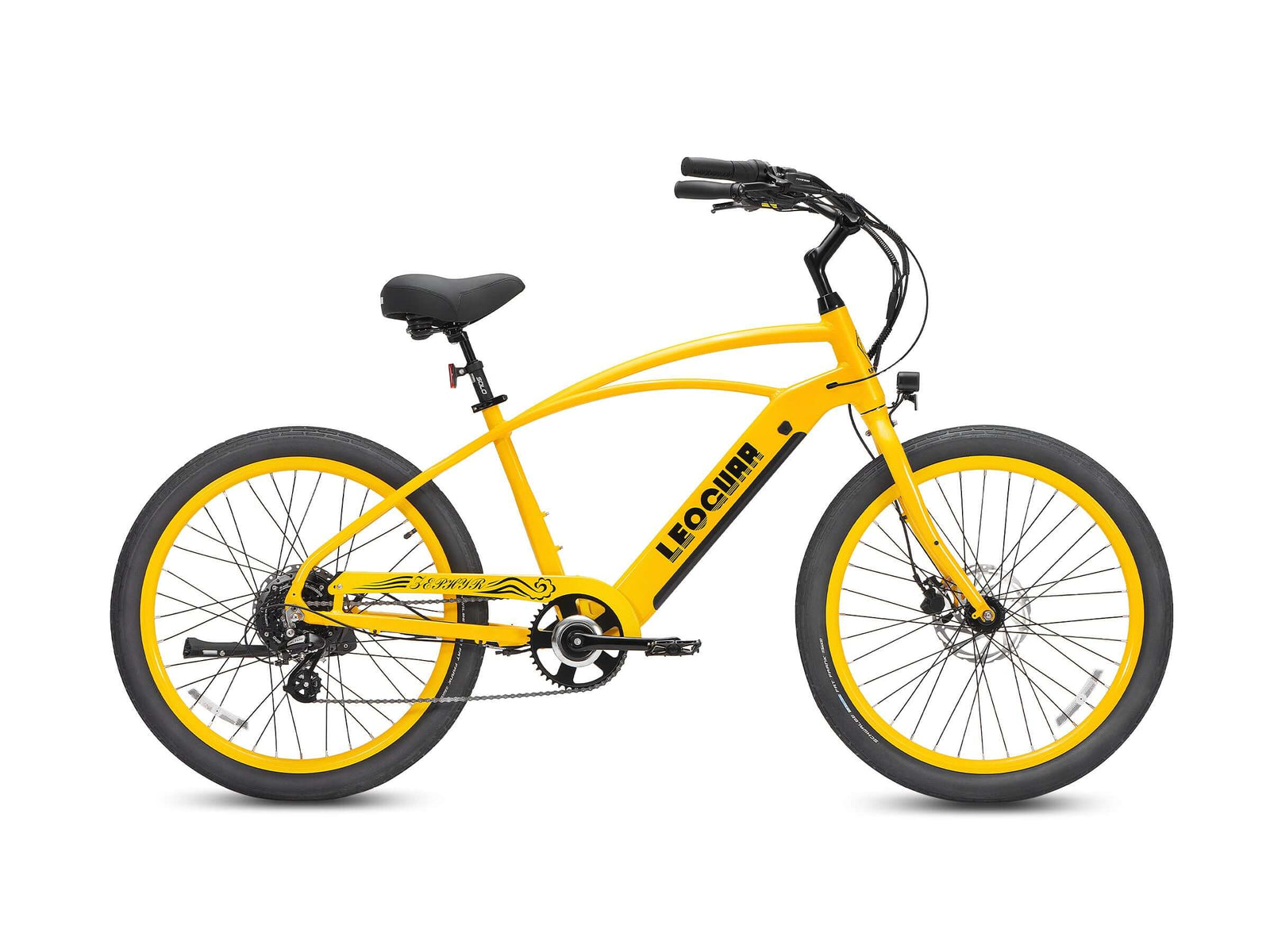








Leave a comment